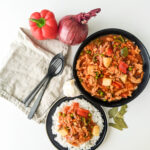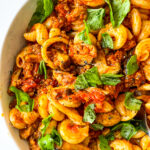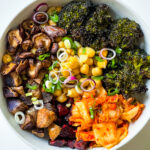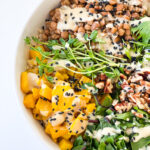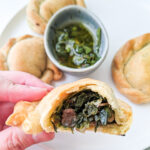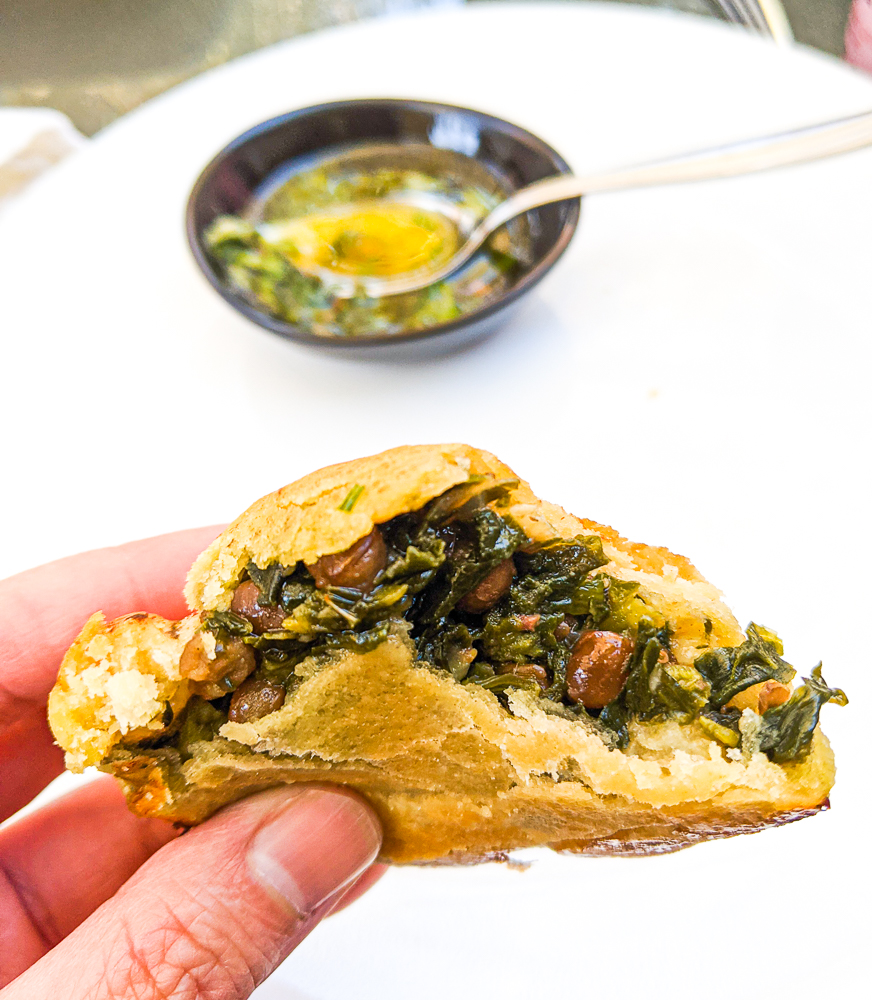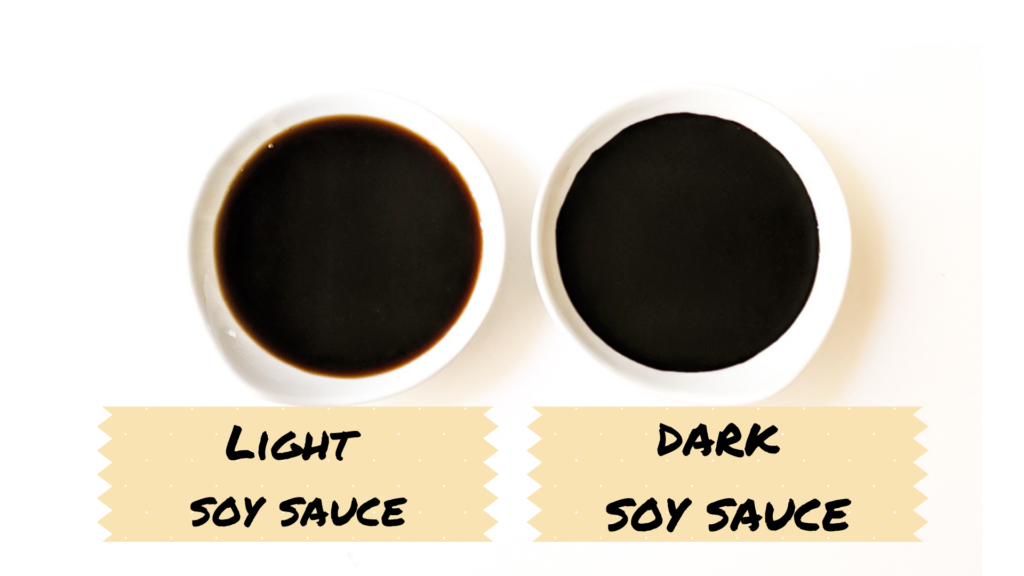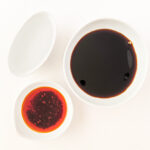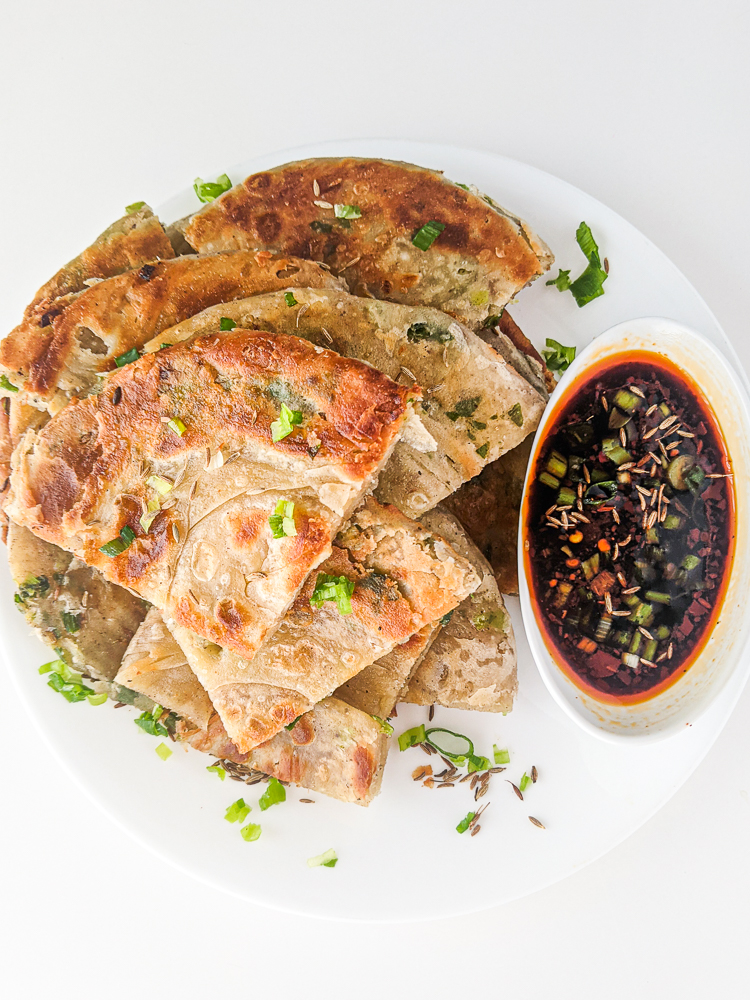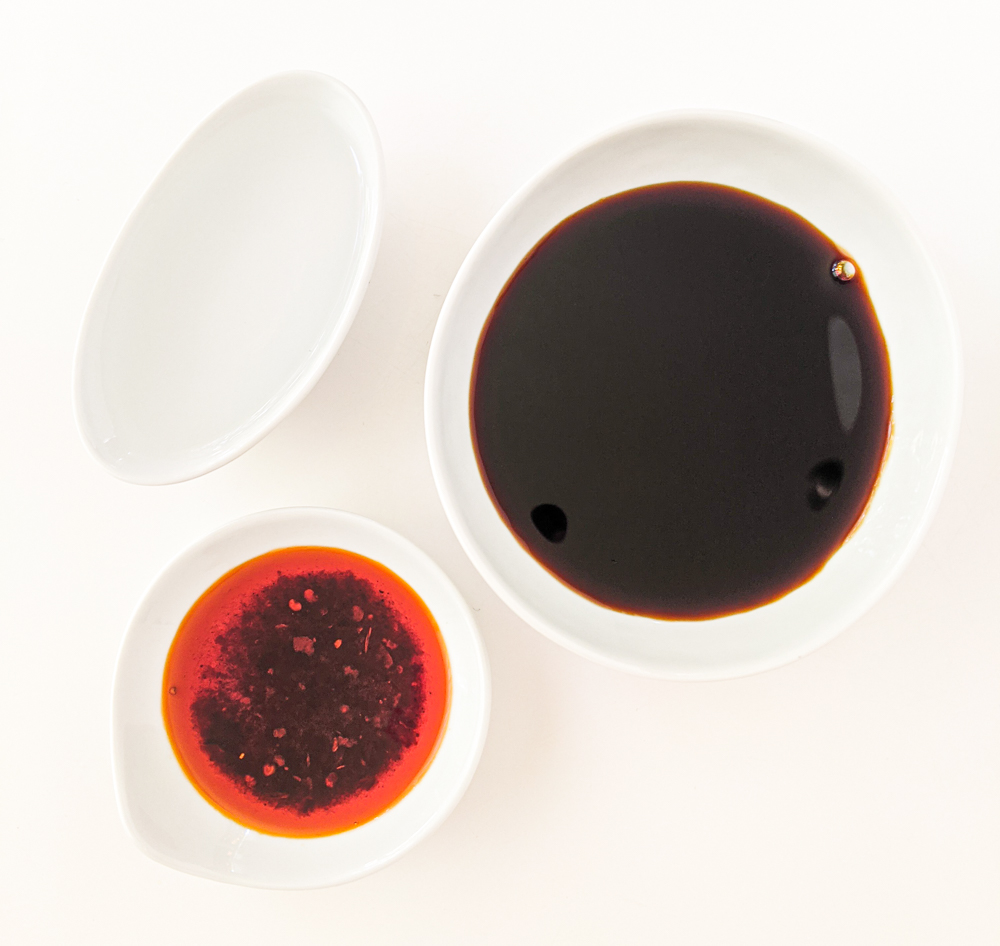Just so I’m not wasting your time, I’m going to go into my history of blogging which eventually leads me to my status as a relatively new food blogger as of December 2021. I’ve been asked a few times how I got into food blogging so I thought I’d just share my blogging history. If you don’t feel like reading about that, peace! Not offended at all.
This is a total overshare so if you’re one of those people who get annoyed with personal lives online, then do not proceed! Otherwise, grab some tea and popcorn and read on. This is probably the most personal I’m ever going to get on this blog.
The 90s, pre-blogging era:
I’d always been somewhat of a storyteller and over sharer. I kept a private journal as a kid and even as an adult.
2000:
I first started blogging during the “cam girl” era in 2000. I was still living at home and was enrolled at community college. I was depressed at the time because I was unsure about my future so I started a blog to have some kind of creative outlet while most of my friends went away to college. It just wasn’t in the cards for me and from the get-go, my parents told me we couldn’t afford it. My high school counselor wasn’t helpful and even the community college counselors where I was were kind of jerks. I was stuck and I needed to do something else.
On my blog, I had a refreshing webcam that was pretty much just images of me at my computer while I would be writing my blog in real time, before even hitting the publish button. But I thought the concept of the webcam was cool at the time.
I would write about random happenings in my life and I even had a wishlist that strangers, usually creepy dudes, would send me gifts from.
2001:
I co-authored a blog with my best friend at the time and it was more of a stereotypically definitely more of a girly, glittery type of blog. It was fun but it was short lived. It was too much work to update and we were using FTP at the time to upload posts.
Around this time, I decided that I needed to get out of Oakland and somehow make a life for myself. I then went off to college, finally, in fall of 2002.
2002-2003
I started another blog while I was away at college. I wanted to just blog about life in general again but this time it was focused on me at school. Nothing super nuts but because college was so expensive despite my loans, grants and some help from parents, I still had to work multiple jobs at once to get by.
Because I was also so sheltered by my parents growing up, I went tried to compensate for it at college. Because I worked so much, I also partied way too hard and consistently pulled all nighters to finish papers.
I stopped blogging when school proved to be too demanding.
2004-2009ish:
This was when all the online journal services were popular. My last year of college, I used Myspace, Facebook, Xanga, Livejournal, Blogspot, WordPress – you name it. I could update whenever I wanted to and it truly felt more fun.
After college, the focus was no longer on making money via a blog because I had the time to work “real” 9-5 jobs. Life was felt unfair. It was hard to find a job in my field that didn’t require me to go to grad school (and be in even more debt, no thank you!) and at one point I was working two full-time jobs. Yep! It was awful.
Towards the end of the 2000s though, I kept one of my jobs and eventually I started blogging again for real.
I’ve had so many names, domains, hosts, blogs and topics which included: health and fitness, budget travel in Japan, and even a bucket list blog! I never stuck to just one thing and none of the blogs survived.
2010s and beyond:
During a trip to Europe to knock off one of my bucket list goals, I met my future partner in London while I was traveling.
I started only having journals after a while and the only public blog I really had that had somewhat of a focus was a short-lived “lifestyle” one that centered on the bigger events of my life which included budget wedding planning, our two-month Asian honeymoon and eventually puppy training (because we all know that’s hard!).
I blogged about my pregnancy and was almost doomed to be a mommy blogger but once my kid was born, I pretty much stopped doing anything that wasn’t being with her. My main goal was to breastfeed and succeed at attachment parenting. Throughout the first six years of her life I pretty much did everything for her and my family. No regrets either because I loved it.
I was made for it.
After being so tired after having to work demanding, awful jobs out of necessity since I was 15, it felt like I finally got that break I needed.
2021:
Now that she’s in elementary school, I wanted to have a creative outlet for myself that would allow me to do something I was passionate about. So I started a vegan recipe/kitchen/food blog after my five year vegan anniversary. I plan to stick with this blog for at least a few years and see where it takes me. Right now though I’m enjoying myself, posting whenever life allows.
